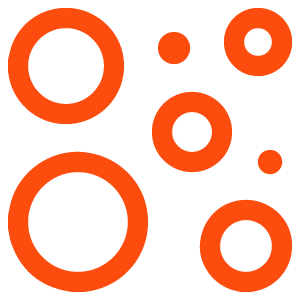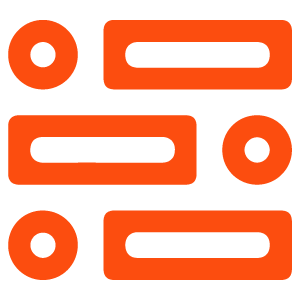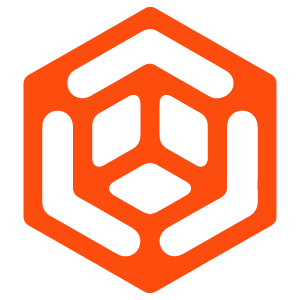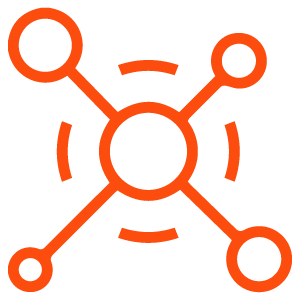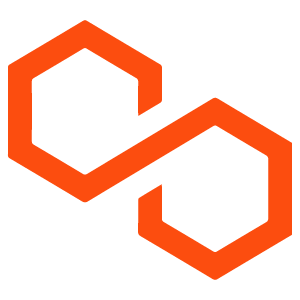#Print #Digital #Finding #Perfect #Balance #Corporate #Material #Design
Introduction
In an increasingly digital world, it’s easy to underestimate the value of traditional print materials in corporate communications. Brochures, business cards, flyers, and posters have been the standard tools for marketing and information dissemination for decades. However, with the rapid rise of digital platforms—like websites, social media, and email marketing—businesses often grapple with the question: "Print or Digital?"
This article delves deep into both realms, examining the advantages, challenges, and synergy between print and digital materials in corporate design. With proper understanding and implementation, companies can find the perfect balance that suits their brand, audience, and objectives.
The Role of Print in Corporate Material Design
1. Tangibility and Perception
Print materials have an undeniable tangibility that digital platforms cannot replicate. A well-crafted brochure or business card conveys professionalism and lasting presence. People often remember interactions better when they involve physical objects. In corporate settings, where the stakes are high, a tactile experience can make a significant difference.
2. Targeting Specific Audiences
Print materials are often well-received in contexts where digital communication falters. Targeted campaigns, such as direct mail, can reach a specific demographic that may not engage with digital content. For example, luxury brands often resort to print to maintain an elite feel, capturing the attention of discerning customers through curated experiences.
3. Product Quality Perception
Research indicates that consumers often associate print material with higher quality. When attending trade shows or conferences, for instance, receiving a high-quality printed flyer or business card can significantly influence perceptions about the brand’s credibility and investment in quality.
4. Less Competition
In today’s digital landscape, emails can clutter inboxes, and websites vie for attention with minimal consequence. Print materials, however, face less competition. A beautiful brochure or an eye-catching poster is more likely to stand out in a world where consumers are bombarded with digital advertising.
The Importance of Digital in Corporate Material Design
1. Cost-Effectiveness
Digital marketing provides significant savings compared to traditional print methods. With no material costs, printing fees, or distribution expenses, businesses can distribute content more widely for less. Additionally, digital assets are easier to update in real-time, allowing companies to stay relevant without incurring high costs.
2. Broader Reach and Engagement
Digital content allows companies to reach global audiences instantly. With platforms such as social media, blogs, and corporate websites, businesses can disseminate information to millions at a fraction of the cost of printing and mailing physical materials.
3. Measurable Results
Analytics and data tracking in digital marketing provide tangible metrics. Businesses can easily measure engagement rates, conversion rates, and user interactions, helping them refine their strategies in real-time. The transparency and insight gained from digital metrics are invaluable for continuous improvement.
4. Interactivity and Multimedia
Digital formats allow for interactivity that print simply cannot match. Videos, animated graphics, and interactive web elements create an engaging experience that not only captures attention but also educates the audience more effectively. This capability significantly enhances the user experience, making it more memorable.
The Synergy Between Print and Digital
1. Integrated Marketing Strategies
Finding a balance between print and digital is about creating an integrated strategy. Using both channels complements one another by reinforcing key messages through varied formats. For instance, a company may run a campaign where print brochures include QR codes linking to a digital landing page for further engagement. This approach ensures that the consumer journey is seamless and multi-faceted.
2. Building Brand Recognition
Using both print and digital materials consistently helps in building strong brand recognition. Fonts, colors, logos, and taglines should remain cohesive across all platforms. When consumers see a beautifully designed brochure alongside digital ads with the same branding, it creates a unified experience, enhancing brand loyalty.
3. Hybrid Events and Marketing Material
Event marketing often utilizes both print and digital. Companies can create engaging brochures and displays in print, while simultaneously promoting the event online. Live webinars can feature downloadable guides or worksheets, providing value in multiple formats throughout the process.
4. Organizational Efficiencies
Leveraging both print and digital allows for a more efficient workflow within corporate environments. Internal communications can utilize print for important announcements or events while digital platforms handle ongoing informational updates. This dual-approach can cater to different preferences and increase overall efficiency.
Challenges in Balancing Print and Digital
1. Budget Constraints
One of the most pressing challenges for organizations is budget allocation. While digital marketing tends to be more cost-effective, print materials require substantial upfront investment. Companies need to allocate resources wisely to maximize their impact in both realms without compromising quality.
2. Skill Gaps
Creating effective print and digital content requires different skills and tools. For example, graphic design expertise is often essential for both. If an organization lacks skilled personnel in these areas, they might face challenges in producing high-quality materials, resulting in subpar branding.
3. Over-Saturation of Media
In a crowded market, standing out in either medium is critical yet challenging. As digital content becomes ubiquitous, print materials often get overlooked. Businesses must innovate both in print and digital efforts to break through the clutter and grab attention.
4. Environmental Concerns
Sustainable practices are increasingly becoming a priority for companies and consumers alike. Organizations must consider the environmental impact of print materials, such as paper waste and ink chemicals, while also addressing energy consumption of digital platforms. Finding sustainable solutions in both domains is essential.
Effective Strategies for Balancing Print and Digital
1. Define Your Audience
Start by understanding your target audience. Conduct market research to determine their preferences for print versus digital materials. Tailoring your strategy based on this information can help maximize engagement and effectiveness.
2. Test and Analyze
Utilize A/B testing strategies to identify which formats resonate best with your audience. Track the performance of different campaigns and adjust accordingly. Learning from these analytics is vital for iterative improvement across both mediums.
3. Create Complementary Content
Develop complementary content that extends engagement. For example, use infographics in print materials while linking to related articles or supplementary resources online. This not only reinforces your message but encourages consumers to interact with both mediums.
4. Encourage Action
Include calls-to-action that leverage both print and digital channels. For instance, encourage recipients to visit your website or social media platforms for additional information. This strategy can drive traffic digital, while still delivering valuable print content.
Future Trends in Corporate Material Design
1. Personalization
With advances in technology, personalization in both print and digital marketing is becoming more achievable. Incorporating data analytics can allow businesses to tailor materials based on consumer behavior, resulting in more effective communications.
2. Sustainable Practices
As consumers become more environmentally conscious, businesses will increasingly seek sustainable materials and practices for both print and digital content. This will involve adopting eco-friendly printing techniques and minimizing digital waste.
3. Enhanced Interactivity
As technology continues to evolve, so will the interactivity of marketing materials. Expect to see more augmented reality (AR) elements in print, allowing consumers to engage dynamically with static materials through their devices.
4. Automation and AI
Artificial intelligence will play a significant role in the future of marketing. Automated content generation, email marketing optimizations, and predictive analytics will enhance both print and digital strategies, making them more efficient and effective over time.
Conclusion
Finding the perfect balance between print and digital in corporate material design is crucial for nurturing connections, engaging audiences, and delivering coherent messaging. Both mediums offer distinct advantages that, when strategically integrated, can enhance brand recognition and foster sustainable engagement. By appreciating their individual strengths and working towards a cohesive strategy, organizations can navigate the contrasts of print and digital with agility and efficiency.
FAQs
1. What are the key benefits of using print materials in corporate design?
Print materials provide tangibility, enhance credibility, target specific audiences, and face less competition than digital ads, making them effective in driving engagement.
2. How can digital marketing complement print materials?
Digital marketing can extend the reach of print materials through online promotions, engagement tracking, and interactive elements that enhance the user experience.
3. What factors contribute to the decision between print and digital materials?
Factors such as audience preference, budget constraints, goals of the campaign, and the nature of the content should all be considered when deciding between print and digital.
4. How can businesses ensure their print and digital materials are cohesive?
Maintaining consistent branding elements—such as logos, colors, and fonts—across both print and digital formats ensures a unified experience that reinforces brand recognition.
5. What are some future trends to watch in corporate material design?
Future trends include increased personalization, a focus on sustainability, enhanced interactivity through technology, and the influence of AI on content creation and distribution strategies.
By keeping these insights in mind and continually evaluating your strategies, you can successfully navigate the dynamic landscape of corporate material design in both print and digital realms.
Sure! Please provide the title or topic you’d like me to write the 12 paragraphs about.


